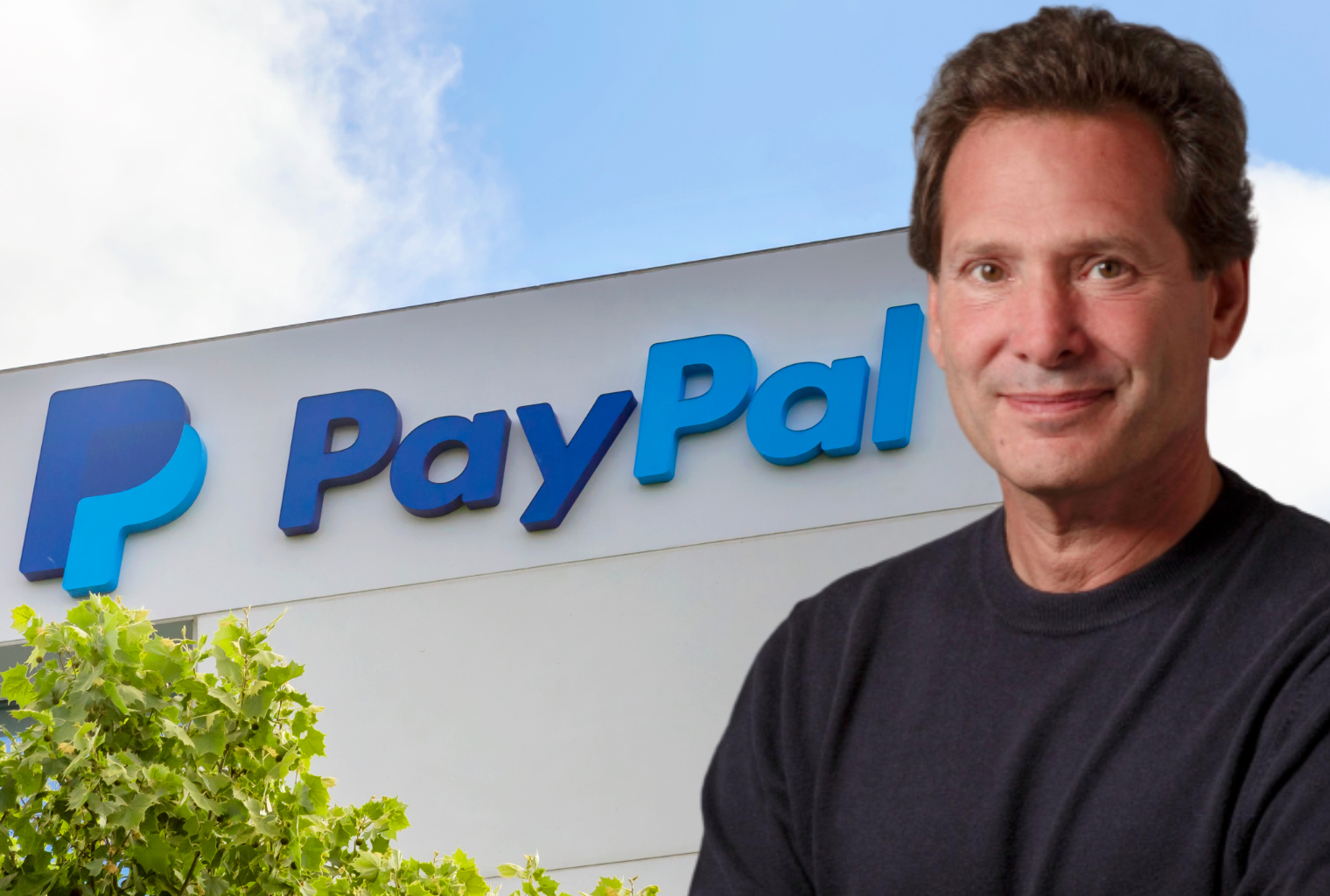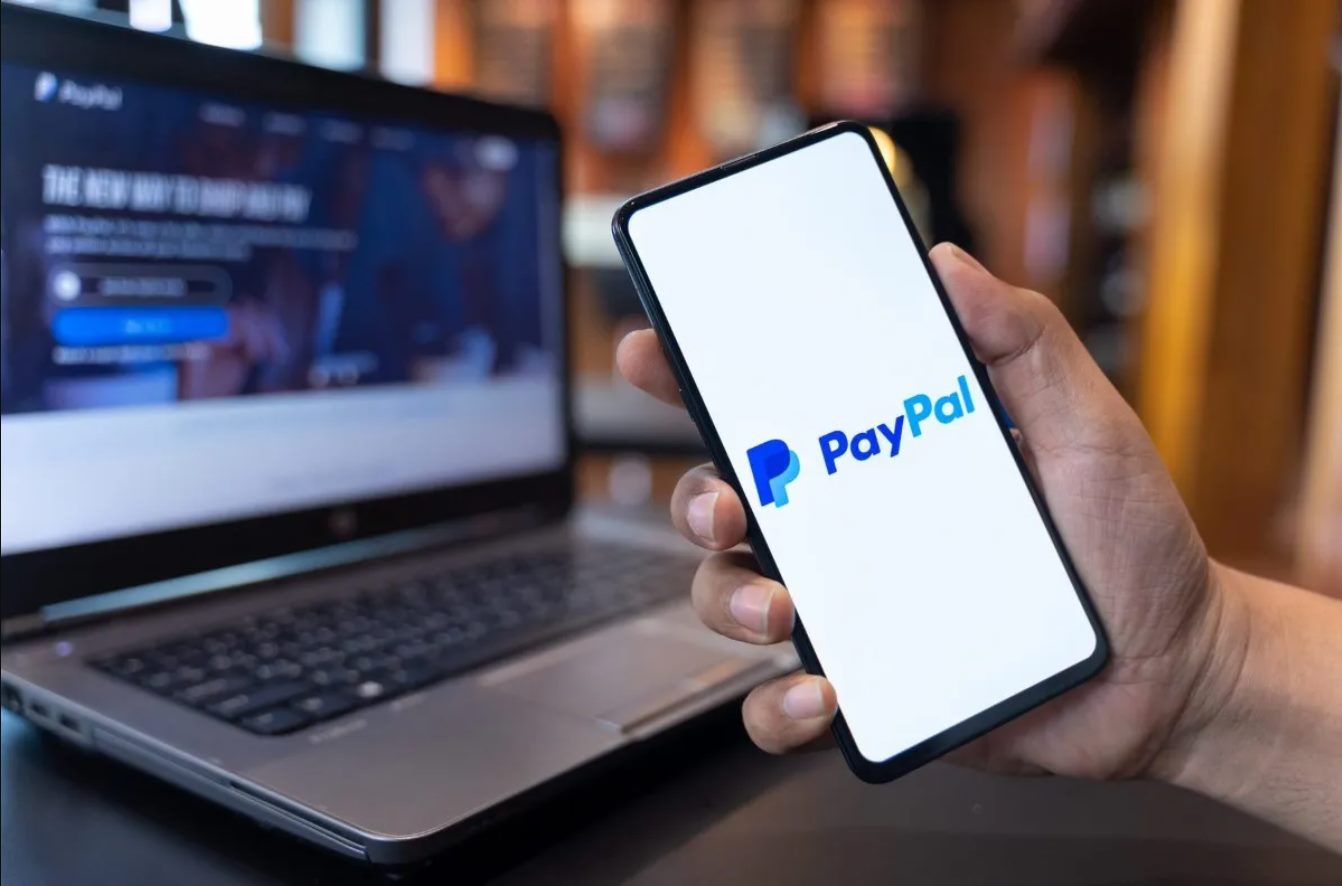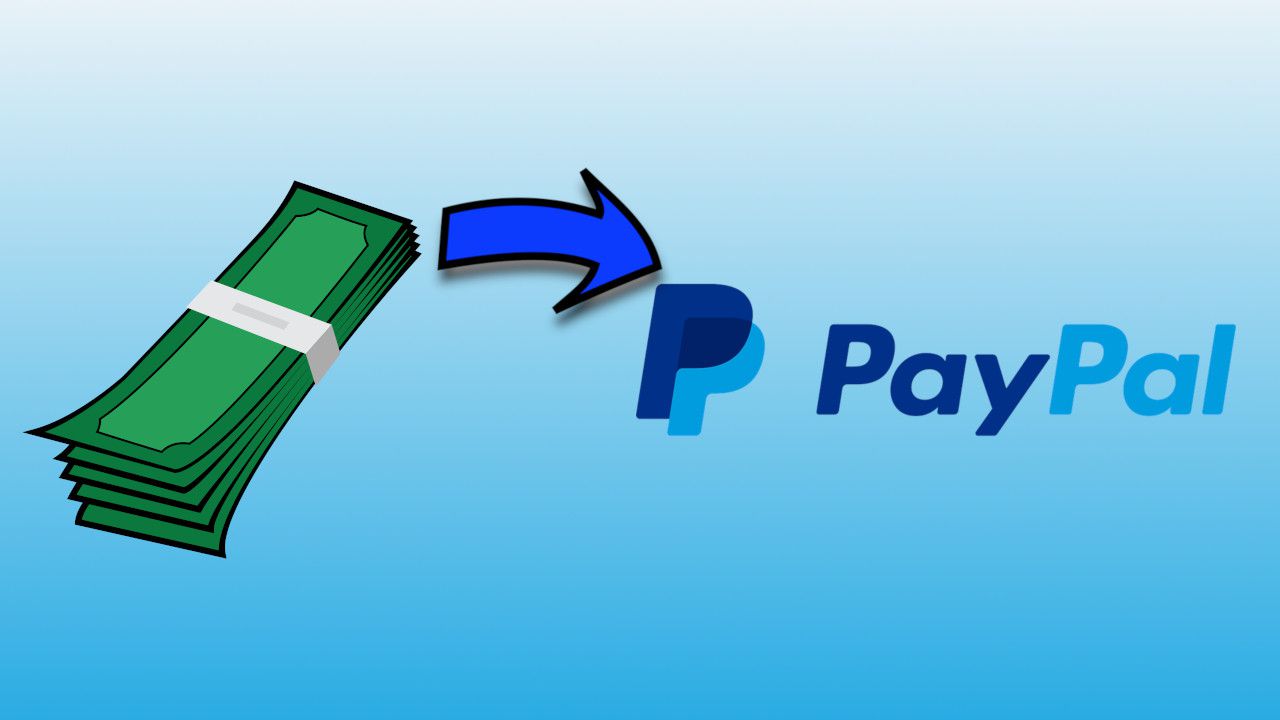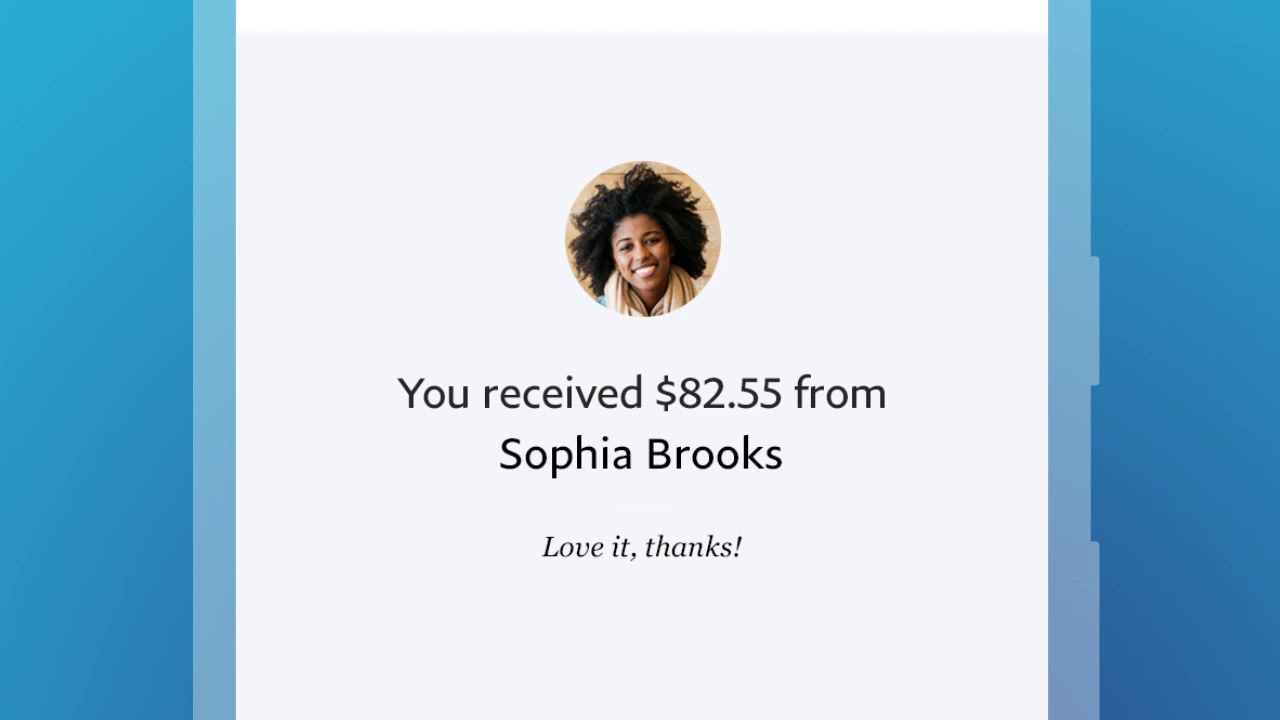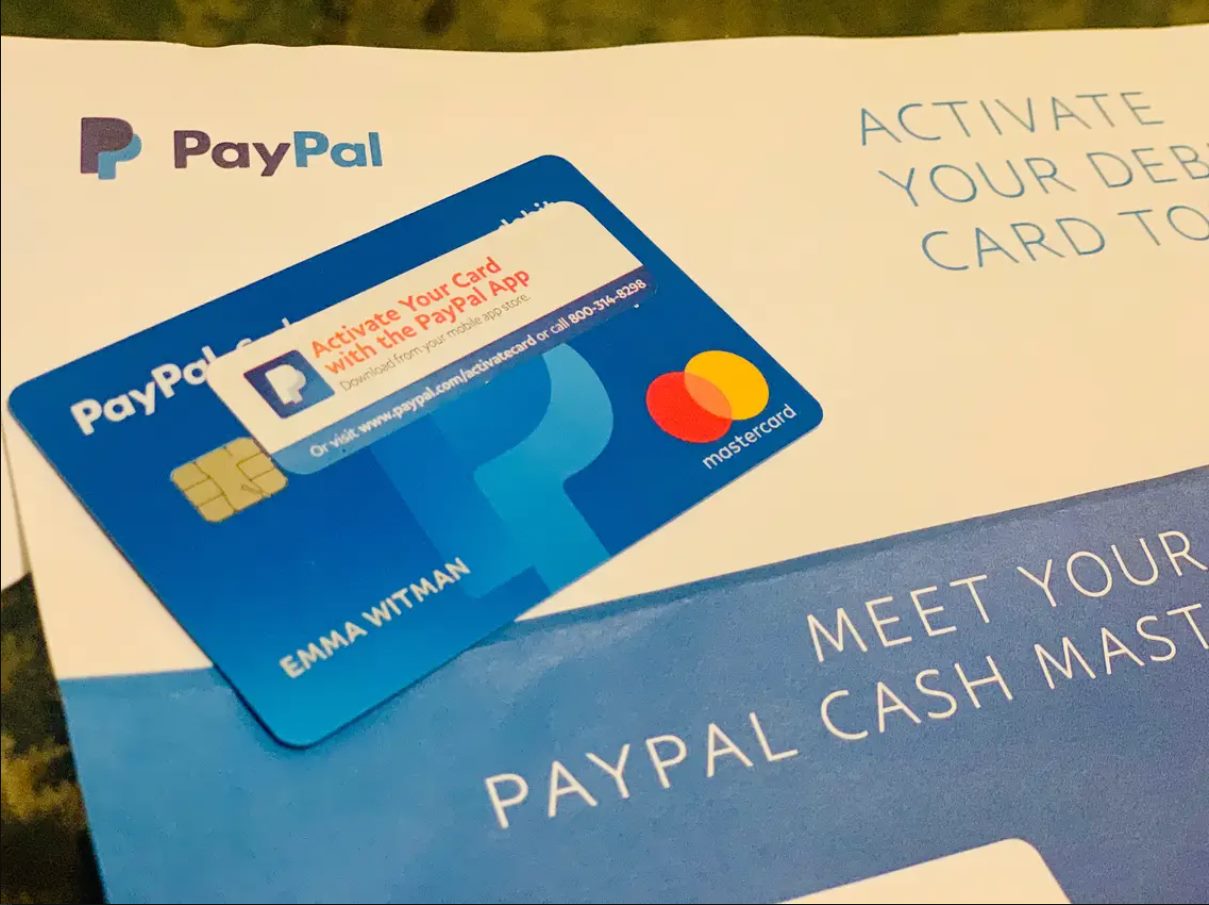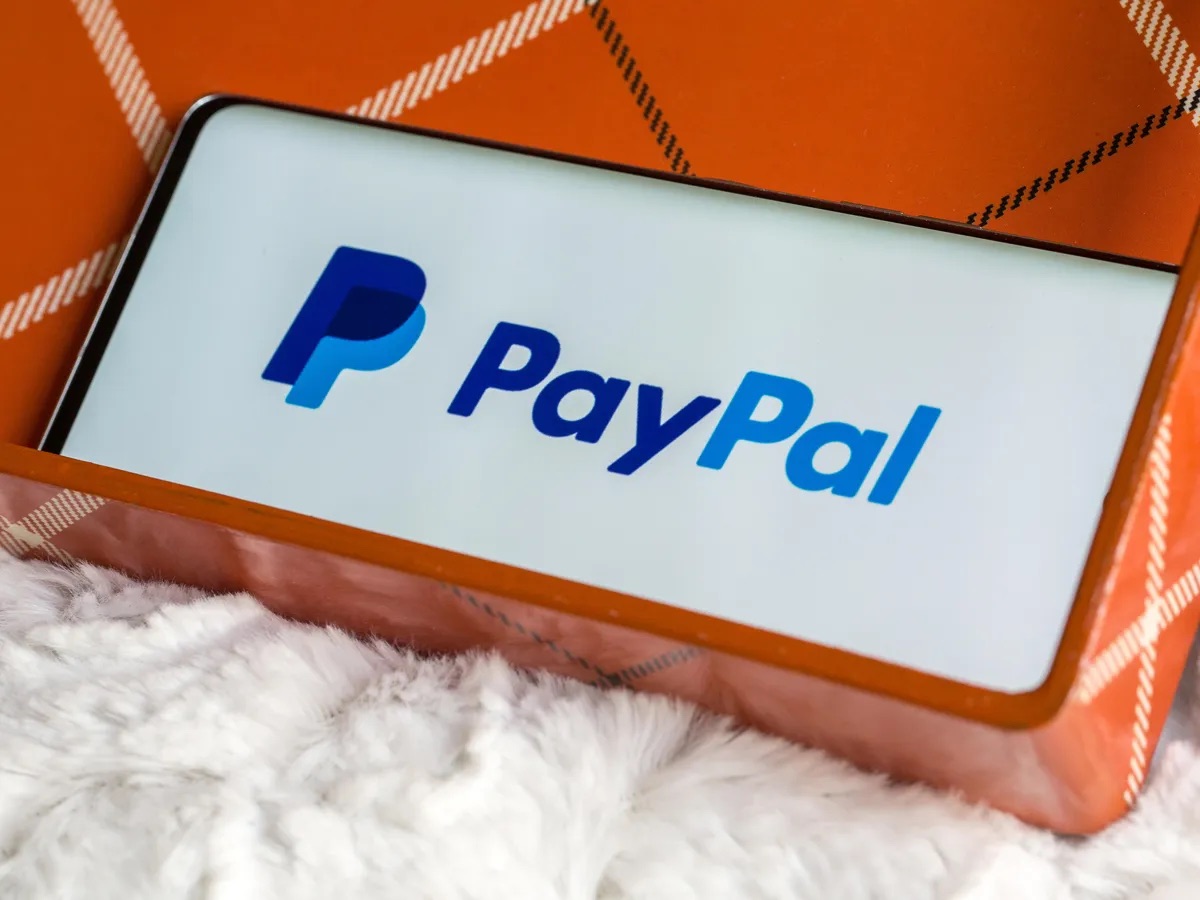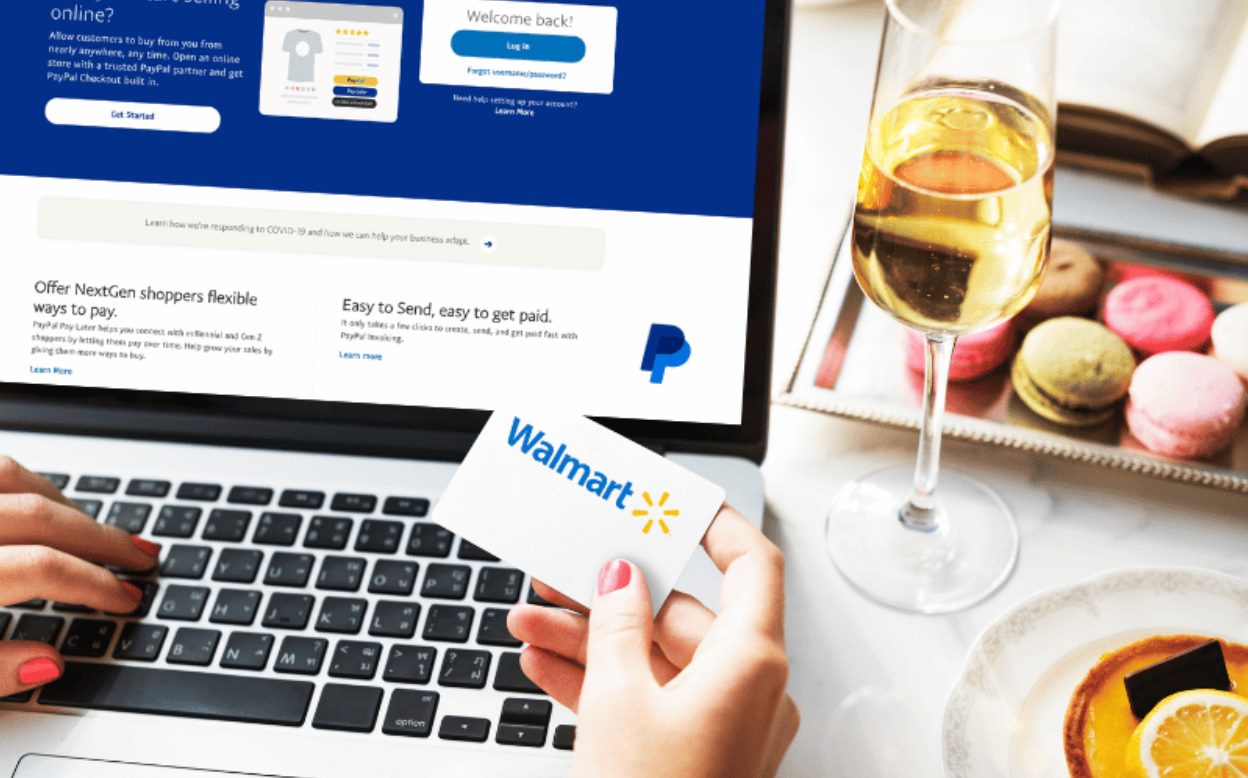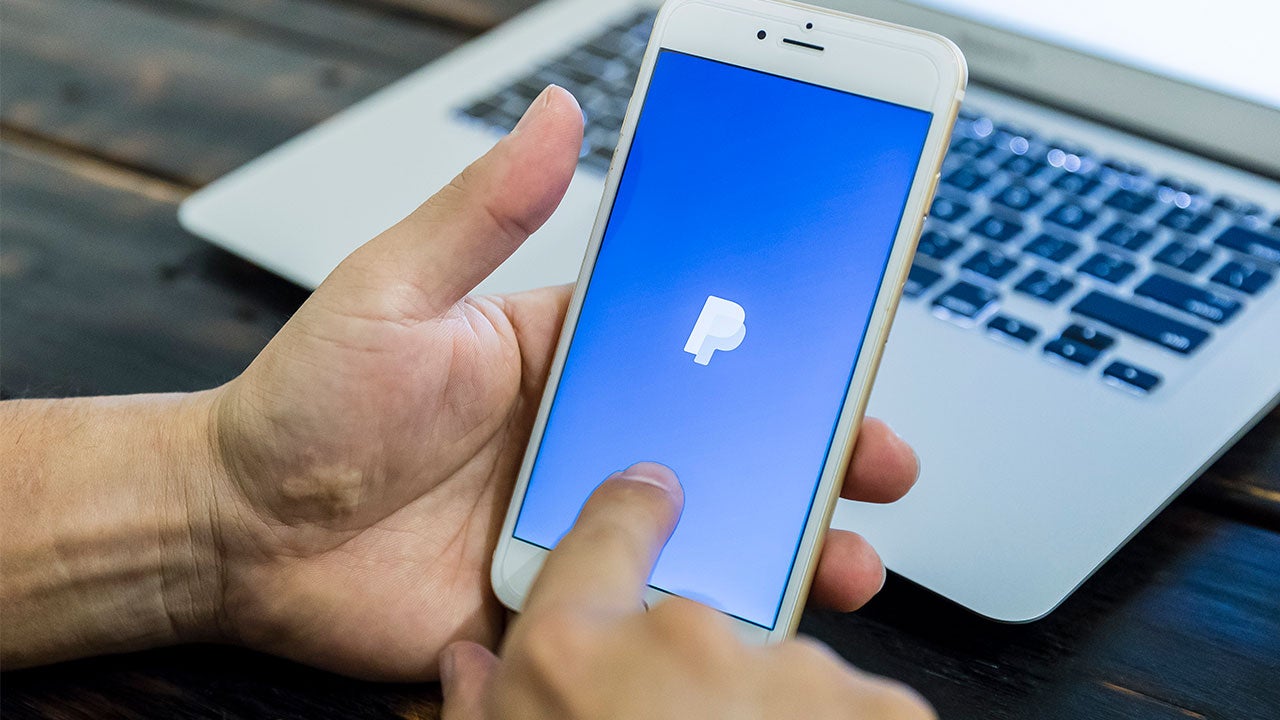Introduction
PayPal has become a household name when it comes to online payments and money transfers. Founded in 1998, it has emerged as one of the most successful fintech companies in the world. With its secure platform and user-friendly interface, PayPal has revolutionized digital transactions and reshaped the way we conduct business online.
But who actually owns PayPal? The history of PayPal’s ownership is interesting, with changes in ownership over the years and varying degrees of independence. In this article, we will delve into the ownership journey of PayPal and explore the key players involved.
From its humble beginnings to its current status as a global payment giant, PayPal has undergone significant transformations. To fully grasp the ownership landscape, we need to understand the company’s origins and the individuals who laid the groundwork for its success.
Stay tuned as we explore the founders of PayPal, the acquisition by eBay, the post-eBay ownership changes, and the eventual spin-off that led to PayPal’s current ownership structure.
The Founders of PayPal
The story of PayPal begins with a group of brilliant minds who saw the potential of creating a digital payment system that would revolutionize online transactions. The founding team consisted of Peter Thiel, Max Levchin, Elon Musk, Luke Nosek, and Ken Howery.
These visionary entrepreneurs came together in the late 1990s with a shared vision of creating a secure and efficient way to transfer money online. They recognized the need for a reliable platform that would provide both buyers and sellers with a seamless payment experience.
Peter Thiel, a former law student and hedge fund manager, was one of the driving forces behind the creation of PayPal. He provided the initial funding and became the company’s first CEO. Max Levchin, who had a background in computer science, played a crucial role in developing the algorithms and security protocols that would underpin PayPal’s operations.
Elon Musk, known for his ambitious ventures such as Tesla and SpaceX, was also one of PayPal’s co-founders. While he played a significant role in the early days of PayPal, Musk eventually shifted his focus to other ventures and parted ways with the company.
Together, the founding team worked tirelessly to build a robust payment platform that would meet the needs of both consumers and businesses. They faced numerous challenges along the way, from regulatory hurdles to technical complexities, but their determination and innovative thinking propelled PayPal forward.
In 2000, PayPal went public and achieved tremendous success, attracting millions of users worldwide. The company’s rapid growth and innovative solutions captured the attention of another tech giant – eBay.
Join us in the next section as we explore eBay’s acquisition of PayPal and the impact it had on the ownership structure of the company.
eBay’s Acquisition of PayPal
In 2002, eBay, the world’s largest online marketplace at the time, recognized the potential of PayPal as a payment solution for their platform. eBay saw the benefit of integrating a secure and widely accepted payment system to enhance the buying and selling experience on their site.
As a result, eBay made a bold move by acquiring PayPal in a deal worth $1.5 billion. This acquisition marked a significant turning point for both companies, as it brought them together under the same ownership umbrella.
The acquisition by eBay not only provided PayPal with the much-needed resources and infrastructure to scale its operations, but it also gave eBay users the convenience and reassurance of a trusted payment platform. This strategic move not only boosted PayPal’s user base but also enhanced its credibility in the online marketplace.
Under eBay’s ownership, PayPal continued to flourish and dominate the online payments industry. The synergies between eBay and PayPal were evident, with PayPal becoming the primary payment method used on eBay’s platform. This integration streamlined the purchasing process for eBay’s users and contributed to the growth of both companies.
However, it’s important to note that during this period, PayPal operated as a subsidiary of eBay rather than as an independent entity. While eBay benefited from PayPal’s success, PayPal continued to expand its reach beyond eBay, allowing individuals and businesses to make payments and transfers outside of the eBay ecosystem.
Despite the integration, PayPal maintained a level of autonomy within the larger eBay organization. This autonomy allowed PayPal to pursue its own growth strategies and establish partnerships with other businesses, further solidifying its position as a leader in the digital payments industry.
In 2014, a major change in PayPal’s ownership structure occurred, which would ultimately lead to its separation from eBay. Join us in the next section as we explore the post-eBay ownership changes and the path that led to PayPal’s independence as a standalone company.
Post-eBay Ownership
Following several years under the ownership of eBay, PayPal underwent a significant shift in ownership structure in the early 2010s. This transition would ultimately pave the way for PayPal’s independence as a separate entity and set the stage for its continued growth and success.
One of the key events in the post-eBay ownership era was the appointment of a new CEO for PayPal. In 2012, David Marcus took on the role of CEO, bringing with him a fresh perspective and a strong focus on mobile payments. Marcus recognized the growing importance of mobile devices and the need for PayPal to adapt its services accordingly.
Under Marcus’ leadership, PayPal began to expand its reach beyond online transactions and ventured into the mobile payment space. The company introduced features like the ability to send and receive money using mobile phone numbers and launched the popular mobile payment app, PayPal Here.
However, in 2014, PayPal faced a significant turning point when a major announcement was made regarding its ownership. eBay announced its intention to spin off PayPal into a separate publicly traded company. The decision was driven by the belief that PayPal would benefit from being an independent entity and would have greater flexibility to pursue its own strategic initiatives.
This spin-off presented an opportunity for PayPal to chart its own course and explore new avenues of growth without the constraints of being tied to eBay. The move was well-received by investors and signaled a new era for PayPal as an independent player in the financial technology sector.
Following the spin-off, PayPal’s value and market presence continued to grow. The company expanded its partnerships, broadened its product offerings, and invested in emerging technologies. This diversification allowed PayPal to cater to a wider range of customers and solidify its position as a leading player in the payments industry.
PayPal’s post-eBay ownership period saw the company thrive, achieving significant milestones and innovations that propelled its growth. The shift towards independence marked a new chapter for PayPal, as it embraced the opportunity to shape its destiny and establish itself as a trusted name in the world of digital payments.
In the next section, we will delve into the details of PayPal’s spin-off from eBay and how it led to its current ownership structure.
PayPal’s Spin-off from eBay
In July 2015, after more than a decade of being under the ownership of eBay, PayPal officially completed its spin-off from the e-commerce giant. This move marked a significant milestone in PayPal’s history and signaled its independence from its former parent company.
The decision to spin off PayPal was driven by the belief that the two companies would be better positioned to pursue their respective growth strategies as separate entities. By separating from eBay, PayPal gained the freedom to focus solely on its payments business, exploring new opportunities and expanding its reach in the evolving digital payments landscape.
The spin-off was carried out through a distribution of PayPal shares to eBay’s stockholders. As a result, PayPal became a standalone publicly traded company under the ticker symbol PYPL on the NASDAQ stock exchange.
Following the spin-off, PayPal wasted no time in forging its own path. Under the leadership of its CEO at the time, Dan Schulman, PayPal embarked on a series of strategic initiatives to drive innovation and growth. One of the key initiatives was to form partnerships with major players in the financial and technology industries, including Visa, Mastercard, and Apple.
These partnerships not only expanded PayPal’s network and reach but also facilitated the integration of PayPal’s payment services across various platforms and devices. This enabled PayPal to offer seamless payment experiences to a wider customer base, solidifying its position as a leader in the digital payments sector.
Additionally, PayPal focused on enhancing its technology and product offerings. The company invested in technologies such as artificial intelligence, machine learning, and blockchain to improve the efficiency, security, and user experience of its payment platform.
Furthermore, PayPal recognized the growing importance of mobile payments and made significant strides in this area. The launch of the popular mobile wallet app, PayPal Mobile, allowed users to make payments and transfers directly from their mobile devices, cementing PayPal’s presence in the rapidly expanding mobile payments market.
Since its spin-off, PayPal has experienced remarkable growth and success. The company’s dedication to innovation, strategic partnerships, and customer-centric approach has propelled it to become one of the most dominant players in the global digital payments industry.
In the following section, we will delve into the current ownership structure of PayPal and explore how it continues to shape the company’s future.
Current Ownership of PayPal
In terms of ownership, PayPal operates as a publicly traded company, meaning its ownership is distributed among shareholders who hold the company’s stock. Since its spin-off from eBay, PayPal has been an independent entity and has its own distinct ownership structure.
The ownership of PayPal is distributed among a wide range of institutional and retail investors. These investors hold shares of PayPal’s common stock, which can be bought and sold on the stock market.
As of [current year], some of the largest institutional shareholders of PayPal include Vanguard Group, BlackRock, and Fidelity Investments. These institutional investors hold significant portions of PayPal’s outstanding shares, reflecting their confidence in the company’s potential for growth and profitability.
Additionally, PayPal’s ownership also includes individual retail investors who purchase and own shares of the company’s stock. Retail investors can buy and trade PayPal’s stock through various brokerage platforms and online trading services.
It’s important to note that the ownership of PayPal is subject to fluctuations due to buying and selling activities on the stock market. Shareholders may increase or decrease their ownership stake based on market conditions, investor sentiment, and individual investment strategies.
While PayPal operates as an independent company, it continues to maintain strategic partnerships with various organizations and businesses. These partnerships enable PayPal to extend its services and reach to a broader customer base, while also providing value-added solutions to its partners.
Furthermore, PayPal’s board of directors plays a crucial role in governing the company and making key decisions regarding its operations and strategic direction. The board consists of experienced individuals from diverse backgrounds who bring their expertise and insights to guide PayPal’s growth and success.
Overall, PayPal’s ownership structure reflects the company’s commitment to maintaining a strong and diverse shareholder base. This broad ownership base not only ensures stability but also fosters investor confidence in PayPal’s ability to navigate the ever-evolving landscape of digital payments.
As PayPal continues to innovate and expand its offerings, its ownership structure may evolve over time. However, one thing remains certain – PayPal’s commitment to providing seamless, secure, and convenient payment solutions for individuals and businesses around the world.
In this article, we have explored the journey of PayPal’s ownership, from its inception with the visionary founders to its spin-off from eBay and its current status as a publicly traded company. The story of PayPal’s ownership is a testament to its resilience, adaptability, and determination to redefine the way money moves in the digital age.







